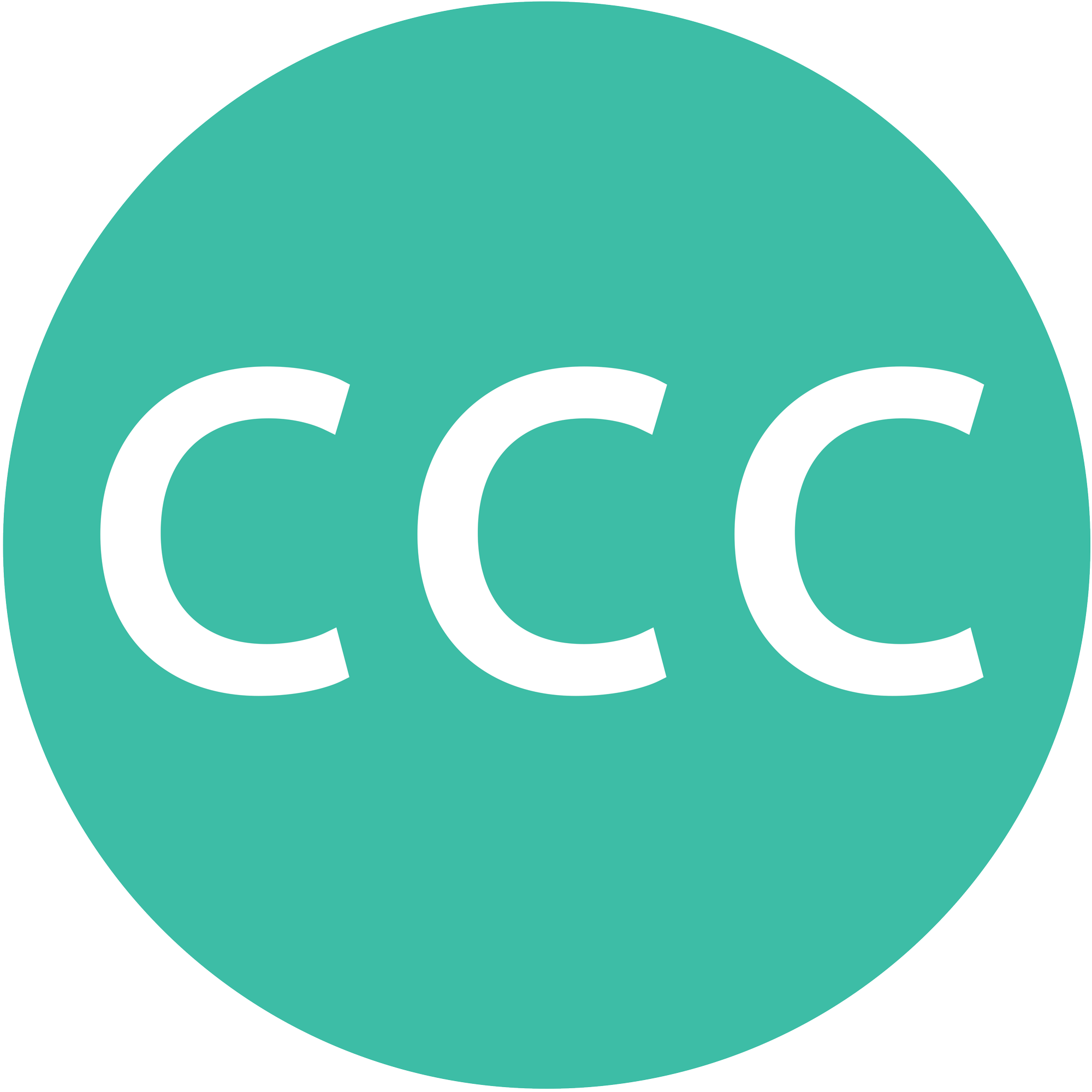If you haven’t had matzo (or matzah)–smothered with cream cheese–I highly recommend it. This is one of the world’s great comfort foods, so great that most people will abstain from such ecstasy for most of the year and eat it only over a period of eight days during one of the most important Jewish holidays–Passover (which is fast approaching).
The Passover celebration of a people’s liberation from slavery in Egypt begins with a ceremonious meal called the Seder, which is highlighted by two distinct features: “the four questions” which are asked by the children and answered by the adults, either because adults can’t remember the questions or they’ve long ago stopped asking; and the Seder plate which is comprised of various foods that symbolize parts of the Passover story (for example, there is “Maror,” a bitter herb that represents the bitterness of slavery).
The Haggadah, the script for the Passover Seder, has been around for at least a thousand years, so not unexpectedly the text lacks some sensitivity to current social concerns. To address the problem the Union for Reform Judaism suggests additions to the Seder plate: an orange representing LGBTQ+ equality; a potato for Ethiopian Jewry; fair trade chocolate for labor issues; a banana for refugees; a pinecone for prison reform; cashews for the troops; and an acorn for indigenous land!
It also suggests changes to the four questions to move away from a focus on the history of the Jewish people to more universal themes, such as: “Why on this night do so many remain hungry in the world?”
Good question! The UN World Food Programme Executive Director, David Beasley, reports that $5 billion could help save 30 million people around the world who, without aid, are at risk of dying from hunger this year. Worldwide there are over 2000 billionaires with a net worth of $8 trillion. In the U.S. alone, 650 billionaires have over $4 trillion. Allowing for some rounding, charitable contributions equal to 0.1% of U.S. billionaires’ net worth could save 30 million people!
The COVID-19 crises have prompted me to think about what four questions I might ask at a Seder:
First, as the light at the end of the tunnel seems to be getting brighter, what will you miss as we return to the new normal? This question highlights the great disparities in how people have been affected by the pandemic. It reminds me a bit of “Nomadland” (which I highly recommend) in that the movie raises the question of whether the characters were getting away from something miserable or going to something liberating…or both.
Second, if your health remained constant going forward, would you choose to live until you were 95 or 200 (and you only have those two choices)? Of course, the answer will depend somewhat on your age and current state of health, but I’m fascinated by the pros and cons of either choice. This question was prompted in part both by the quirky obsession by some to find the way to live forever and the notion that foundations should exist in perpetuity.
Third, if you have the resources to be in the donor class, and didn’t step up to the plate this past year, WTF?! This is at the heart of what the Crisis Charitable Commitment is about: getting people–wealthy people and foundations–to simply ask themselves the question “am I giving enough?” That critical first step can lead to a healthier philanthropic community and a more just world.
And I forgot the fourth question.
